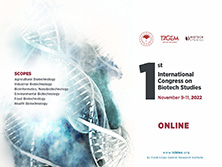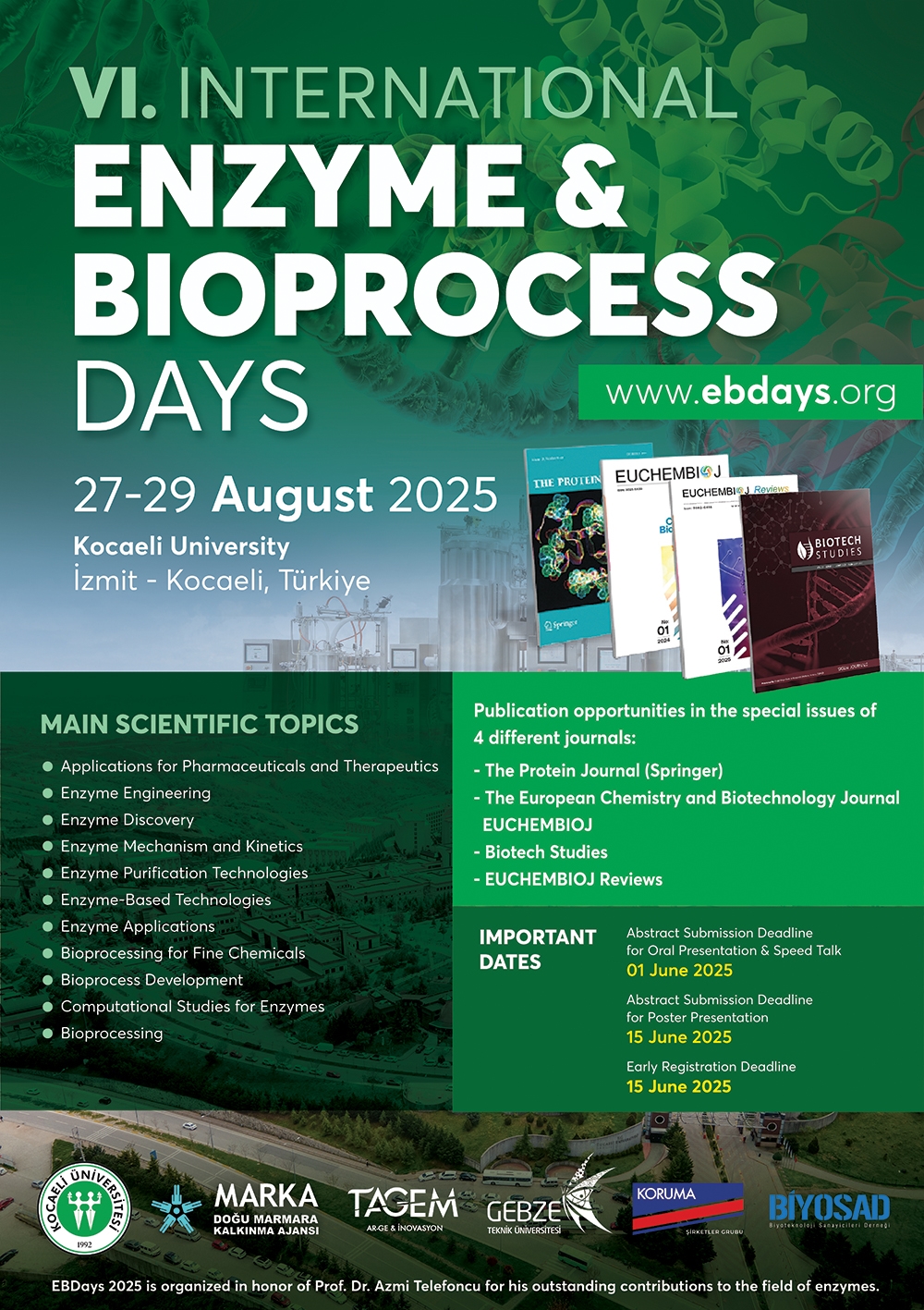Biotech Studies
2007, Vol 16, Num, 1-2 (Pages: 001-010)
PHYTOREMEDATION BEHAVIOUR of SOME MEDICINAL and AROMATIC PLANTS to VARIOUS POLLUTANTS
2 Kafr El-Sheikh University, 33516 Kafr El-Sheikh, Egypt - Medicinal and aromatic plants have been used as herbal remedies and affordable health care products worldwide. Currently, their importance in conservation of vital biodiversity is detected and researches on this subject gained ground. Environmental contamination by heavy metals such as mercury, cadmium and lead is a serious problem throughout the world. Heavy or toxic metals are trace metals that are at least five times denser than water. They are also stable elements and can not be metabolized by the body or bio-accumulative and they passed up the food chain to humans. Toxic industrial wastes mixing with liquid agricultural fertilizers disperse farmlands. Reclamation of agricultural soil and transition of the metal ions into insoluble forms may quite expensive and can hardly be applied to huge areas. Heavy metal accumulator plants can be used as alternative solution for solving the problem. Researches on certain medicinal and aromatic plants (mint, lavander, thyme, st. john`s wort, pot marigold, hollyhock, garden sorrel, black nightshade sp. etc) showed that they can be more resistant to some heavy metals and other pollutants than other crops. Keywords : Medicinal and aromatic plants, pollutants, phytoremediation
















